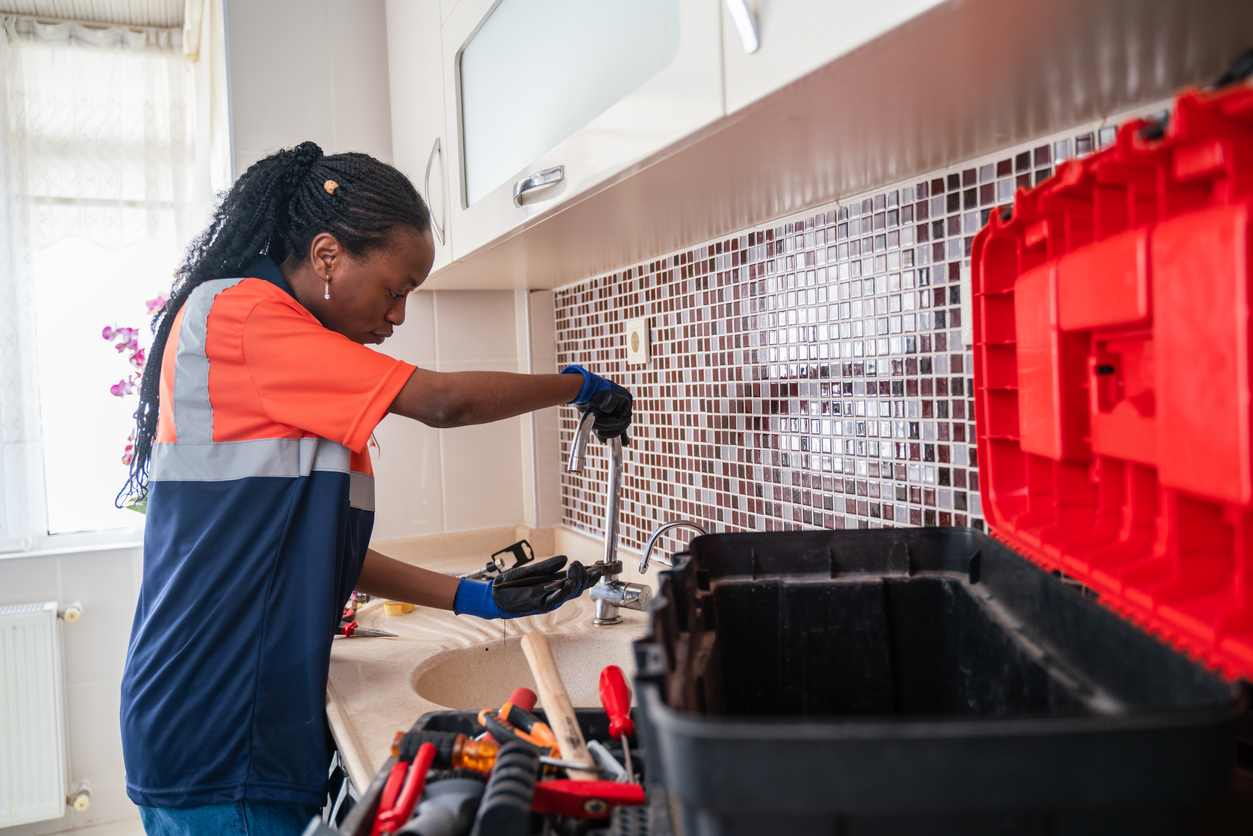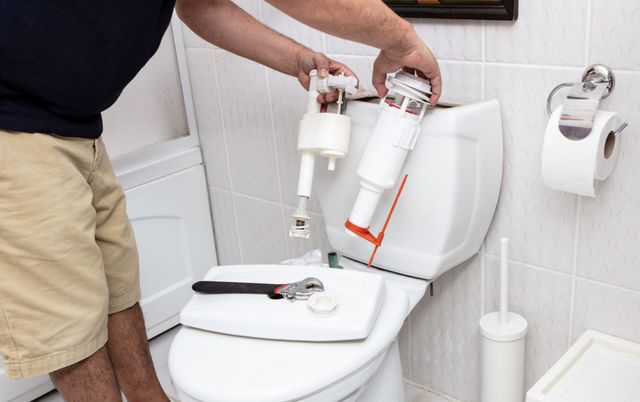What are your thoughts about 6 Essential Plumbing Checks for New Homeowners?

For new homeowners, understanding and keeping shower room plumbing can conserve both time and money by preventing pricey concerns down the line. Below are some necessary restroom pipes ideas to help you maintain everything running smoothly.
Plan For Cold Weather
Protect your pipelines from freezing throughout cold weather by insulating pipelines in unheated areas like cellars, attic rooms, and garages. During extreme chilly, allow cold water drip from faucets offered by exposed pipes to aid stop freezing.
Arrange Routine Upkeep
Think about organizing annual examinations with a certified plumbing professional. They can find issues that you may miss, such as covert leakages or wear and tear on pipelines and components. Routine upkeep assists expand the life of your plumbing system and can avoid emergency situations.
Familiarize Yourself with the Main Shut-Off Valve
Understanding where the major water shut-off valve is located in your house is crucial. This enables you to quickly shut off the water in case of major leaks or throughout pipes emergencies, avoiding considerable water damage.
On A Regular Basis Inspect for Leaks
Little leakages can bring about big troubles. Regularly check under sinks, around bathrooms, and near pipes components for any kind of signs of leaks. Try to find wetness, tiny drips, or rust. Catching and repairing leaks early can prevent a lot more severe damages and conserve water.
Keep Your Hot Water Heater
Guarantee your hot water heater is readied to an ideal temperature level (typically around 120 degrees Fahrenheit) to prevent hot and lower power usage. Flush the tank yearly to remove debris buildup, which can lower the performance and lifespan of your heater.
Update Your Components
If your home has older fixtures, take into consideration updating to a lot more effective designs. Modern bathrooms, showerheads, and faucets are created to utilize less water while offering good pressure, which can significantly reduce your water costs and environmental footprint.
Beware with DIY Plumbing Repairs
While it's alluring to take care of all home fixings on your own, be cautious with pipes. Some problems may require professional expertise, particularly if they include main water lines or sewer fixings. Employing an expert can in some cases be more affordable than DIY, specifically if it prevents more damage.
Do Not Neglect Slow Drains
If your sink or bath tub is draining pipes gradually, it's often an indication of a clog developing. Resolving this early can avoid a total blockage. Use a plunger or a plumbing technician's snake to clean out debris. Stay clear of using chemical drainpipe cleaners as they can damage your pipelines in time.
Know What Not to Flush
Commodes are not garbage disposals. Avoid purging anything other than bathroom tissue and human waste. Products like wipes, womanly hygiene items, and cotton swabs need to be gotten rid of in the trash to avoid obstructions and sewer back-ups.
Install Strainers in Drains
Area strainers in your sink and tub drains pipes to catch hair and other particles prior to they enter your plumbing system. Cleaning up the filters frequently will aid prevent buildup and keep water moving freely.
Final thought
Recognizing and maintaining your home's shower room plumbing can protect against lots of usual issues. By complying with these crucial tips, you can ensure your bathroom remains practical and reliable, conserving you time and money in the future.
Things to consider while plumbing your new bathroom
Underground pipes and stormwater drains
Once these have been successfully laid, your plumber will need to test the system to check for water tightness. After this, the area will be filled back with the excavated earth. Backfilling of plumbing works must be done with extreme care because debris or rocks that are backfilled into trenches must not cause any damage to the buried piping. A mixture of backfill needs to be used. For example, if lumpy clay is excavated, then the first 300-500 mm (millimetres) of backfill must consist of sandy, loose earth. On the contrary, if concrete needs to be paved at the top, then crushed and compacted earth should be used, especially when it comes to a deep excavation.
Pipes
Clean water enters the plumbing pipe from the primary water supply line. Unclean water is successfully pulled down by gravity to exit the system of pipes. Air blowing through all the vents ensures that the pipes stay clean and clear. This is a simple and self-sustaining setup that should survive the test of time, when done correctly.
Plumbing items and fixtures
If you are carrying out plumbing in a new house, you need to install plumbing items and fixtures before the completion of the house’s interiors. Showers, sinks, and tubs are easier to install when the doorways and walls have not yet been installed.
Sewer lines and septic tanks
Installing sewer lines and septic tanks is extremely challenging when it comes to a home’s plumbing system. Firstly, you need to know the septic tank’s size. This can be calculated by the total number of bedrooms in your house. The venting system of your septic tank must be flawless.
Placement and positioning of the main stack
The main stack is basically a pipe with a diameter of approximately 3-4 inches. It typically runs from your home’s basement to the terrace or roof. The lower section of the main stack is responsible for collecting wastewater from several other plumbing fixtures. The upper section is used for venting. While you are installing plumbing in your new house, you will need to find a spot where the main stack runs without interruptions.
Installing drains and vents
Drain and vent pipes are generally 1-1.5 inches in diameter. Pipes must slant at a quarter of an inch per foot to drain efficiently. Bends, where the pipes eventually join the main stack, must be smooth and not be angled sharply. Every plumbing fixture must have a trap beneath it, which will catch water and prevent obnoxious gases from gaining entry into your living quarters. Moreover, every fixture needs to be vented.
Waterproofing and final testing
Your plumber will most likely carry out waterproofing of retaining walls, lower rooms, and basements, where an underground sump is generally constructed to store water. Roofs, too, need specialised treatment, and plumbers need to take into account gutter overflows in regions that receive heavy rainfall.
After the complete plumbing has been installed in your new home, every single thing should be tested to ensure adequate functionality and immaculate efficiency. This includes all water supply sources, bathroom fixtures, and sewerage.
https://www.jswonehomes.com/blogs/Construction/things-to-consider-when-plumbing-your-new-bathroom

Recurring Service Plans